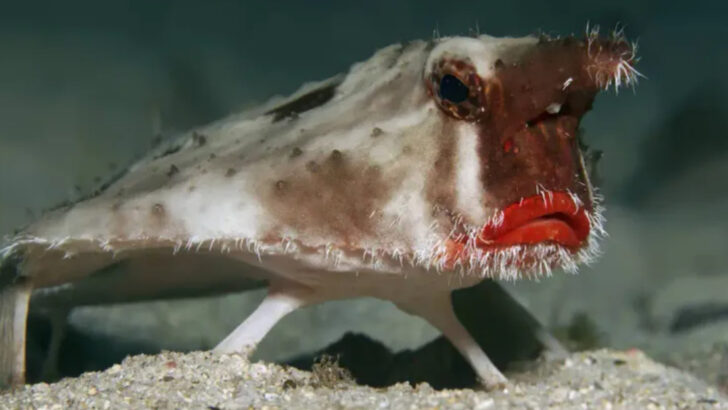Mother Nature has a wild side, and some of her creations are downright magical. Imagine spotting a creature that looks like it stepped straight out of a fairy tale, or better yet, a legend. From the depths of the sea to the heart of ancient forests, nature is full of animals that seem to defy reality.
These 18 creatures are so bizarre, they make you wonder if they were dreamed up by storytellers, not scientists. Their striking features and otherworldly appearances could easily be mistaken for the stuff of myth.
Get ready to meet the animals that blur the line between fantasy and reality. Prepare to be amazed, because these creatures are real—and they’re waiting to blow your mind.
Axolotl
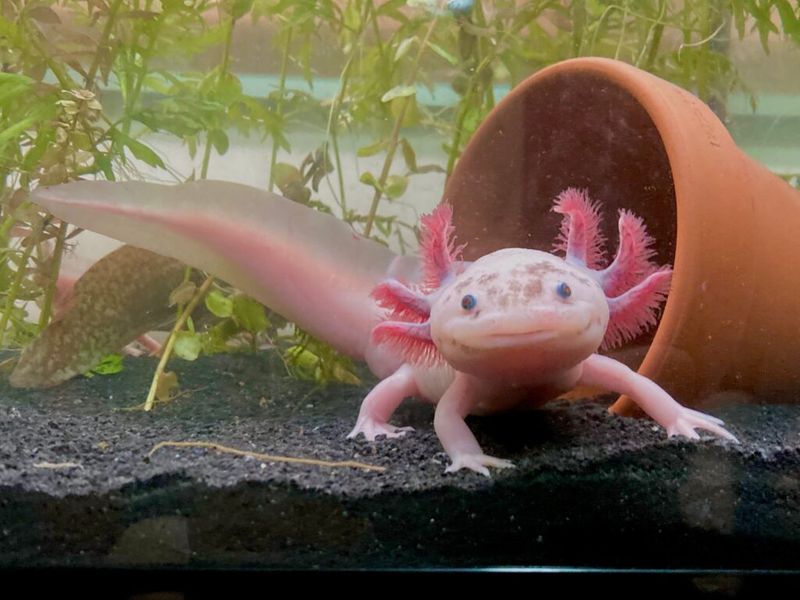
The axolotl, often dubbed the ‘Mexican walking fish,’ mesmerizes with its unique appearance. Unlike most salamanders, this creature retains its juvenile features throughout life.
This phenomenon, known as neoteny, gives the axolotl a perpetual youthful charm. Its frilled external gills and bright colors make it look otherworldly.
Found primarily in the lake complex of Xochimilco near Mexico City, the axolotl is critically endangered. Efforts to conserve its natural habitat are vital.These creatures can regenerate limbs, a feature that sparks scientific interest and adds to their mythical allure.
Narwhal
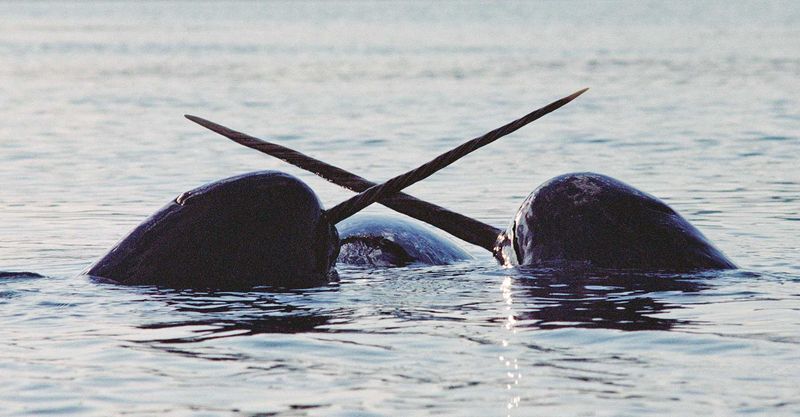
Gliding through the Arctic waters, narwhals are often called the unicorns of the sea. Their most distinctive feature is the long, spiral tusk protruding from their heads, which is actually an elongated tooth.
This tusk can grow up to ten feet and is filled with sensory capabilities. Narwhals use it to sense changes in their environment, such as temperature and salinity.
Mostly found in the waters around Greenland, Canada, and Russia, their appearance is both enchanting and mysterious. Conservation efforts are crucial as their habitat is threatened by climate change.
Shoebill Stork
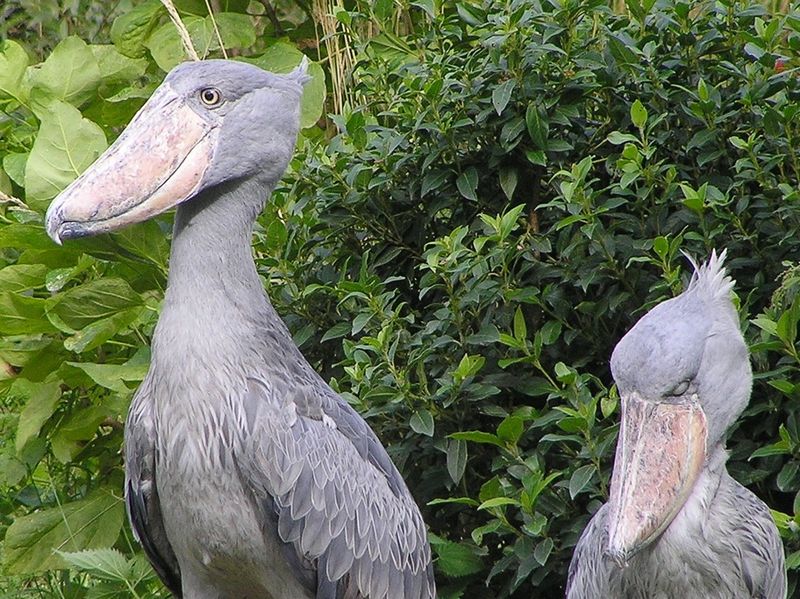
The shoebill stork is a bird that seems to have stepped straight out of prehistoric times. Standing tall in the marshlands of East Africa, this bird is known for its massive, shoe-shaped bill, which is both intimidating and fascinating.
Despite its formidable appearance, the shoebill is incredibly patient, often standing motionless for hours waiting for prey. This behavior enhances its mystique.
Its hunting prowess and unusual looks make it a sought-after sight for bird watchers. However, habitat destruction poses a threat to its survival in the wild.
Aye-aye
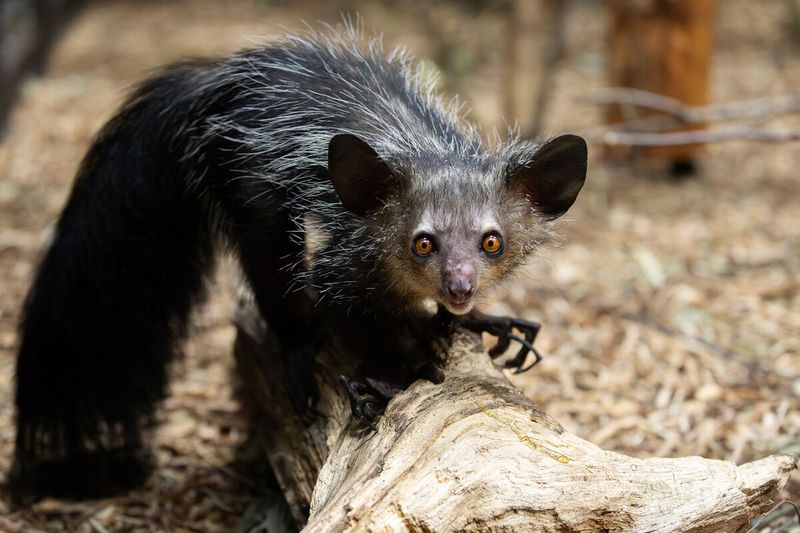
The aye-aye is a nocturnal lemur native to Madagascar, and its odd features are truly captivating. With large, saucer-like eyes and elongated fingers, it resembles something out of a fantasy tale. The aye-aye uses its special middle finger to tap on wood, listening for insects inside.
This unique method of foraging is called percussive foraging. Its appearance, combined with its secretive habits, has woven it into local folklore as a mystical creature.
Unfortunately, its distinctiveness has also led to persecution in some areas, making conservation efforts all the more critical.
Leafy Seadragon
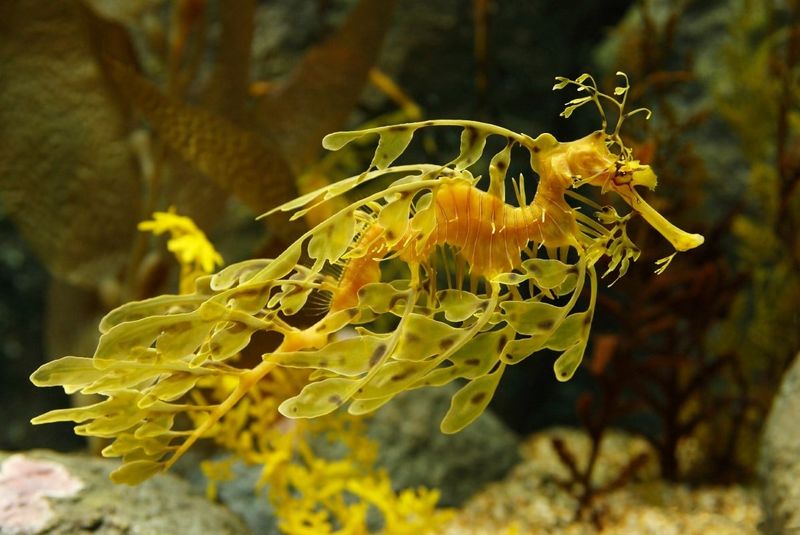
The leafy seadragon is a master of disguise, perfectly blending with its underwater surroundings. Found along the southern coast of Australia, this marine fish is adorned with leaf-like appendages that provide perfect camouflage.
Despite its delicate appearance, the leafy seadragon is a resilient creature, surviving in varying conditions by mimicking the swaying seaweed.
Their ethereal beauty makes them a favorite among divers and marine enthusiasts. However, habitat degradation poses a significant threat, necessitating protective measures to ensure their continued existence.
Gharial
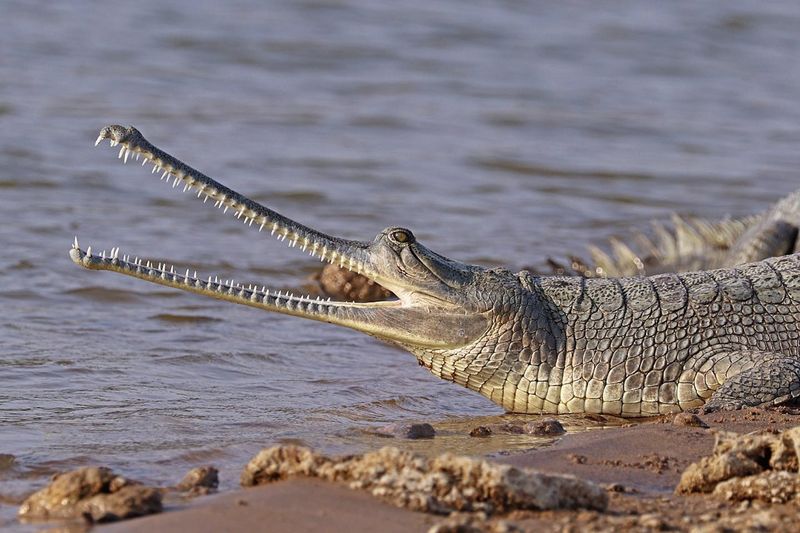
The gharial is a crocodilian distinguished by its long, narrow snout filled with sharp teeth. Found primarily in the rivers of the Indian subcontinent, it has an appearance that many associate with dragons or mythical beasts.
Spending most of its time in water, the gharial’s unique snout aids in catching fish, making it an efficient predator in its aquatic habitat.
Despite its fierce looks, gharials are shy creatures, often avoiding human interaction. Conservation efforts are in place due to their critically endangered status, with habitat loss being a significant concern.
Okapi
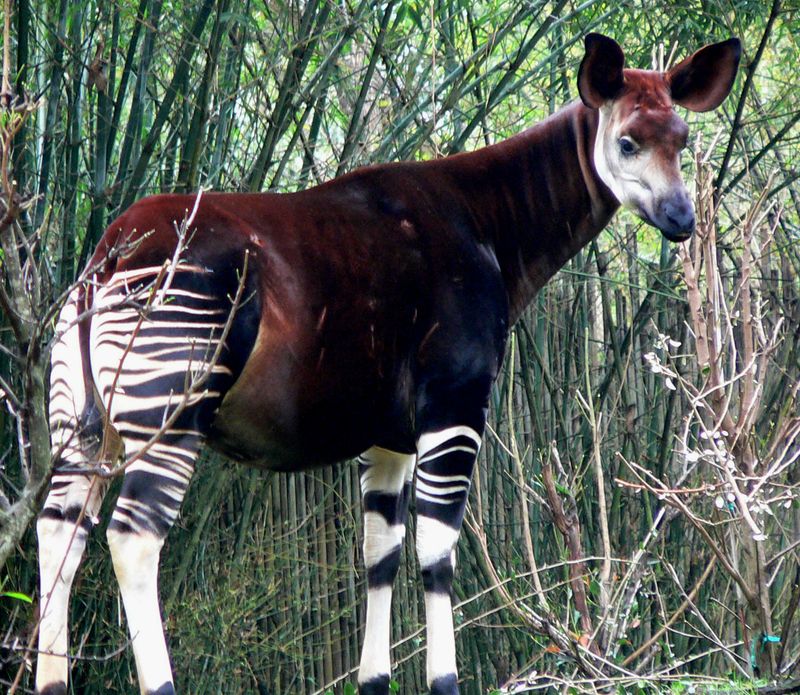
The elusive okapi, a relative of the giraffe, roams the dense Ituri Forest in the Democratic Republic of Congo. With a body resembling a horse and legs adorned with zebra-like stripes, it looks like a creature crafted from different animals.
This unique appearance helped it remain undiscovered by scientists until the early 20th century. Its solitary and secretive nature adds to its mythical status.
Due to its limited range, habitat destruction poses a threat, making conservation programs vital to its survival in the wild.
Platypus
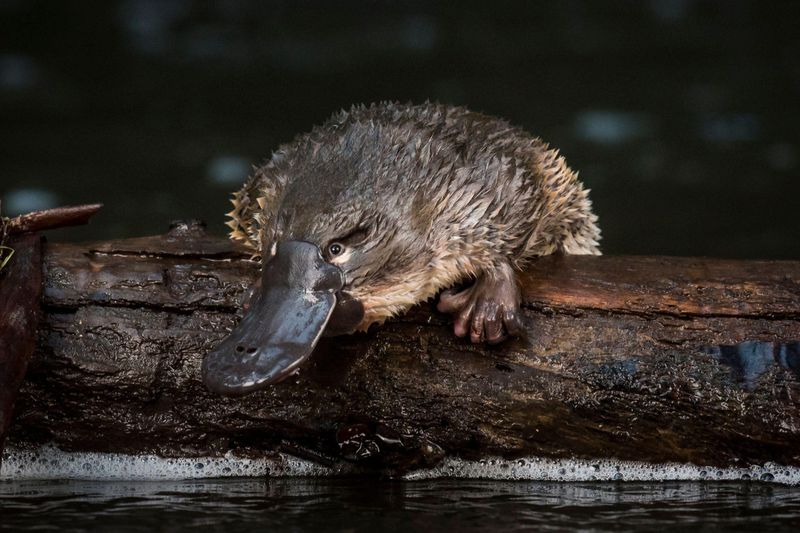
The platypus is one of nature’s most peculiar creations. Native to eastern Australia, this egg-laying mammal sports a duck-bill, beaver tail, and webbed feet – an unusual combination that puzzled early European explorers.
Its electroreception abilities, used for hunting in murky waters, add to its enigmatic aura. Despite being a mammal, the platypus lays eggs, further blurring the lines between myth and reality.
Though they thrive in various waterways, environmental changes threaten their habitat, emphasizing the need for conservation efforts to protect these extraordinary creatures.
Saiga Antelope
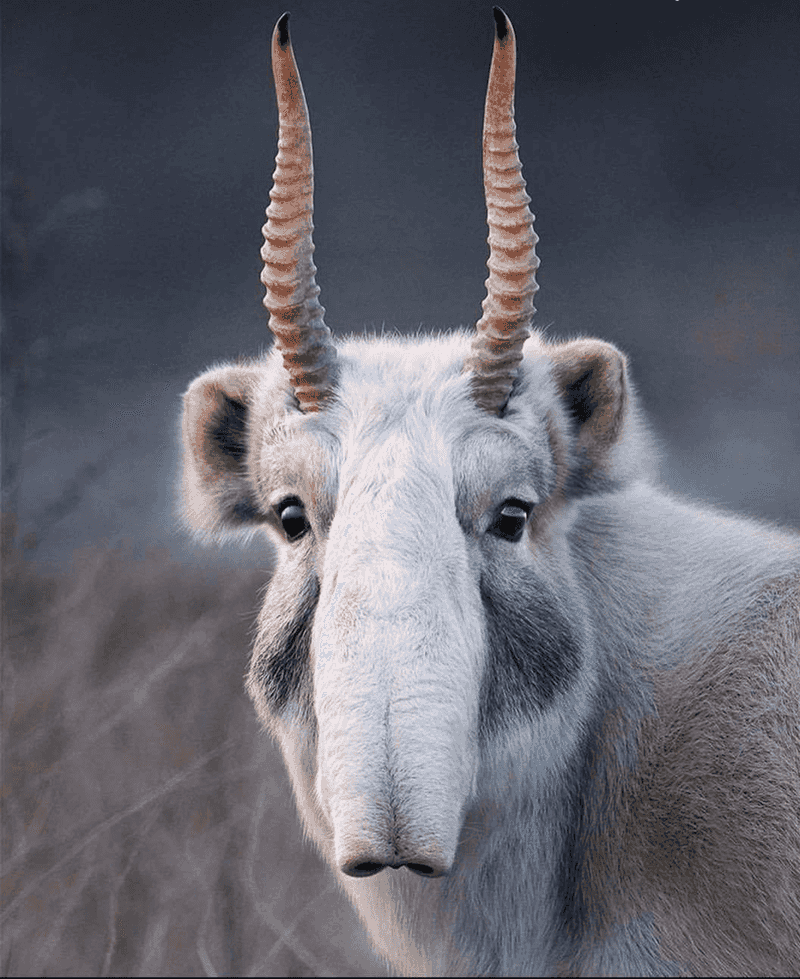
The saiga antelope, with its distinctive bulbous nose, roams the vast steppes of Central Asia. This unique nasal structure filters dust and regulates body temperature during the extreme seasons, serving as an evolutionary masterpiece.
These antelopes have faced dramatic population declines due to hunting and disease, making them a critically endangered species.
Despite these challenges, conservationists are working diligently to restore their numbers. Their bizarre appearance continues to fascinate nature enthusiasts and adds a mythical touch to the rolling plains.
Yeti Crab
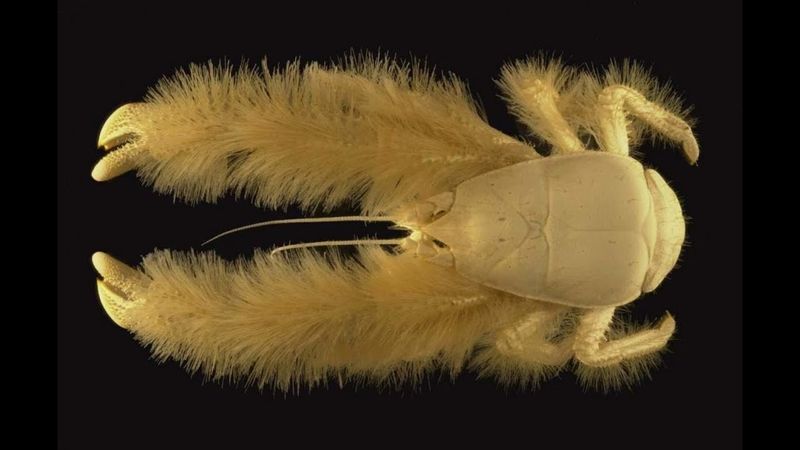
Discovered in the deep-sea hydrothermal vents of the South Pacific Ocean, the yeti crab is a peculiar crustacean shrouded in mystery. Its ghostly white body and hairy claws give it an eerie appearance.
The hairs, or setae, are believed to help cultivate bacteria, which the crab may consume. This adaptation is crucial for survival in its harsh, nutrient-poor environment.
The yeti crab’s discovery expanded our understanding of deep-sea life, revealing ecosystems as strange as any mythical world. Protecting these unique habitats remains a scientific priority.
Star-Nosed Mole
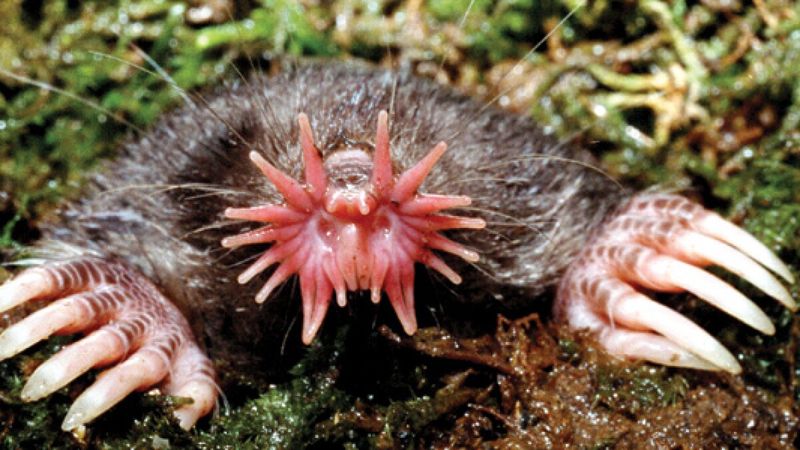
The star-nosed mole, native to North America, is instantly recognizable by its unusual nose. This star-shaped organ is composed of 22 fleshy appendages, each highly sensitive to touch.
This adaptation allows the mole to detect prey in complete darkness, making it one of the fastest foragers in the animal kingdom. Its subterranean lifestyle and bizarre appearance contribute to its mythical reputation.
Though often misunderstood, the star-nosed mole plays a vital role in soil aeration, demonstrating that nature’s oddities often have important ecological roles.
Glass Frog
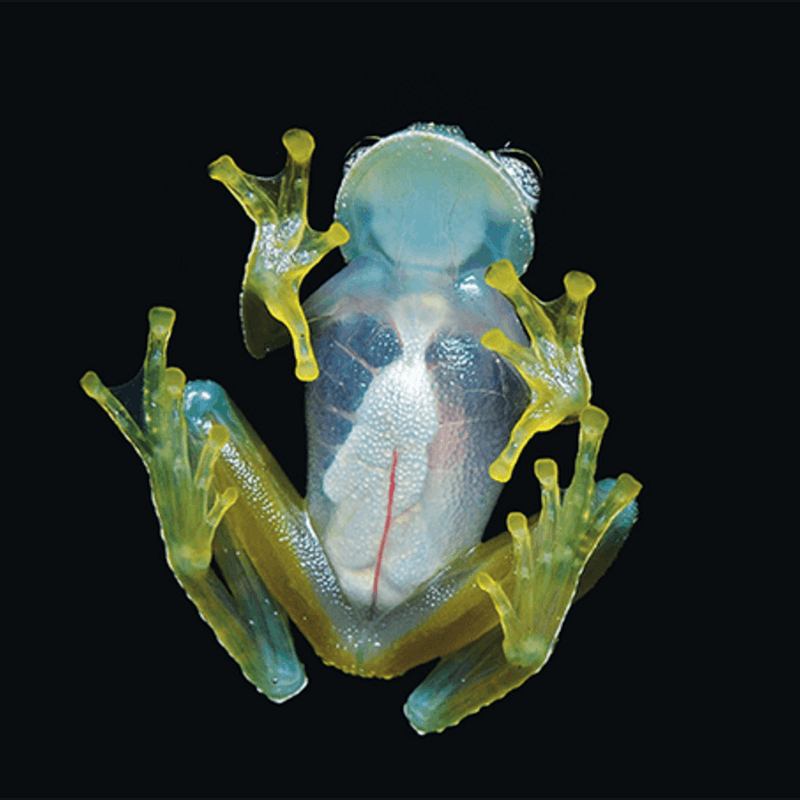
In the rainforests of Central America, the glass frog captivates with its translucent skin, through which its inner organs are visible. This unique feature adds an ethereal quality, as if it stepped out of a fairy tale.
The transparency provides camouflage, protecting it from predators. Their presence is an indicator of a healthy ecosystem, emphasizing their ecological importance.
Unfortunately, habitat destruction threatens their existence, highlighting the need for conservation efforts. Their ghostly appearance serves as a reminder of the delicate balance within these vibrant forests.
Pangolin
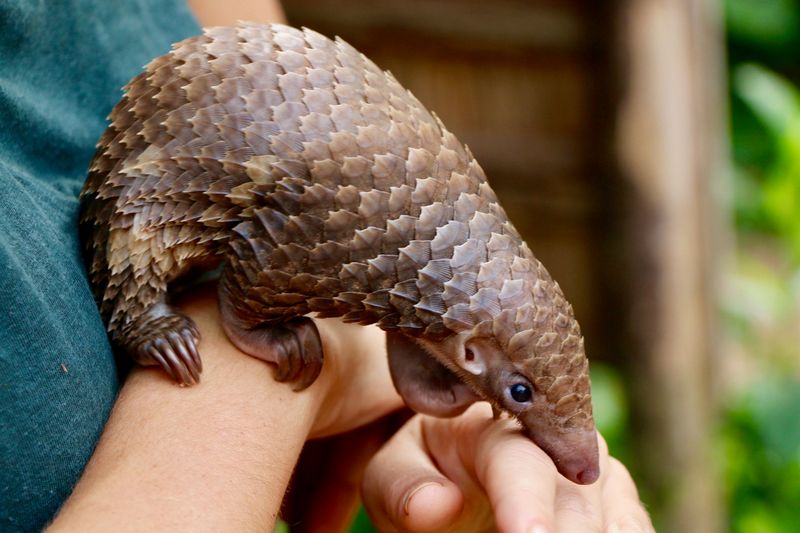
Pangolins, often mistaken for reptiles, are actually scaly mammals that inhabit parts of Africa and Asia. Their bodies are covered in tough, overlapping scales, giving them an armor-like appearance.
When threatened, they roll into a tight ball, using their scales as protection against predators. This unique defense mechanism, along with their mysterious habits, has led to their association with mythical creatures.
Despite their fascinating features, pangolins are the most trafficked mammals in the world, highlighting a crucial need for global conservation efforts to protect these remarkable animals.
Red-Lipped Batfish
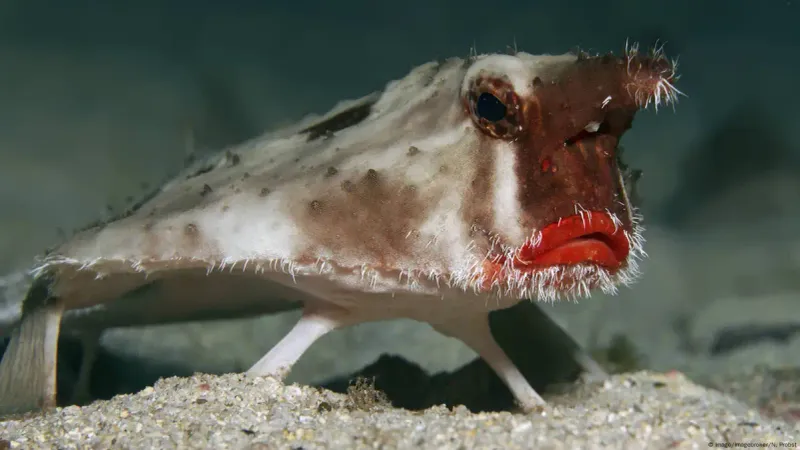
The red-lipped batfish, native to the waters around the Galápagos Islands, is a marine oddity with unmistakable bright red lips. This peculiar feature gives it an appearance reminiscent of a cartoon character.
Unlike most fish, the batfish prefers to ‘walk’ along the ocean floor using its modified fins. Its unusual looks and behavior make it a captivating subject for marine biologists.
While not endangered, its unique habitat faces threats from climate change and human activity, underscoring the importance of preserving the ocean’s diverse ecosystems.
Blue Dragon Sea Slug
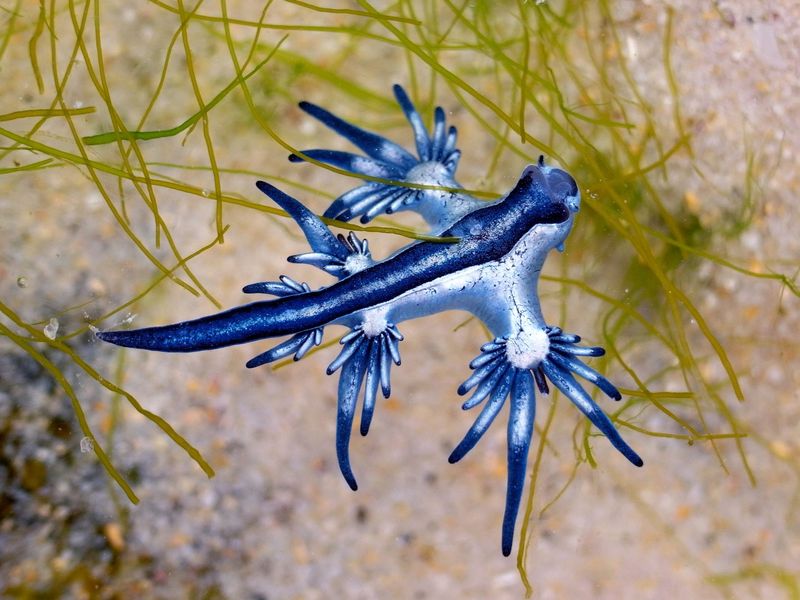
The blue dragon sea slug is an enchanting marine creature that drifts on the ocean surface. Known for its striking blue and silver coloration, it’s often mistaken for a mythical beast.
Despite its beauty, this sea slug harbors a powerful sting, derived from consuming venomous jellyfish. It uses this defense to deter potential predators, proving that size doesn’t dictate strength.
Found in temperate and tropical waters worldwide, the blue dragon’s unique lifestyle and appearance highlight the wonders of marine biodiversity and the delicate balance within ocean ecosystems.
Blobfish
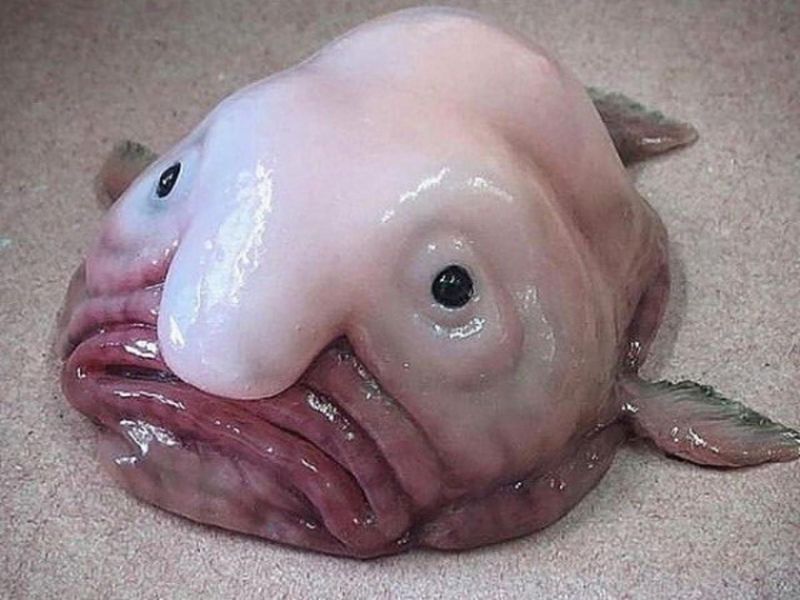
The blobfish, living in the deep waters off the coast of Australia, has earned a reputation for its unusual appearance. Its gelatinous body is an adaptation to withstand extreme pressure at depths where most creatures cannot survive.
When brought to the surface, the change in pressure causes it to ‘deflate,’ giving it a comical, mythical appearance. Despite its looks, the blobfish is a resilient species, perfectly suited to its deep-sea habitat.
Preserving deep-sea environments is essential, as they host a myriad of unique species like the blobfish, each playing a role in the ocean’s complex ecosystem.
Thorny Devil
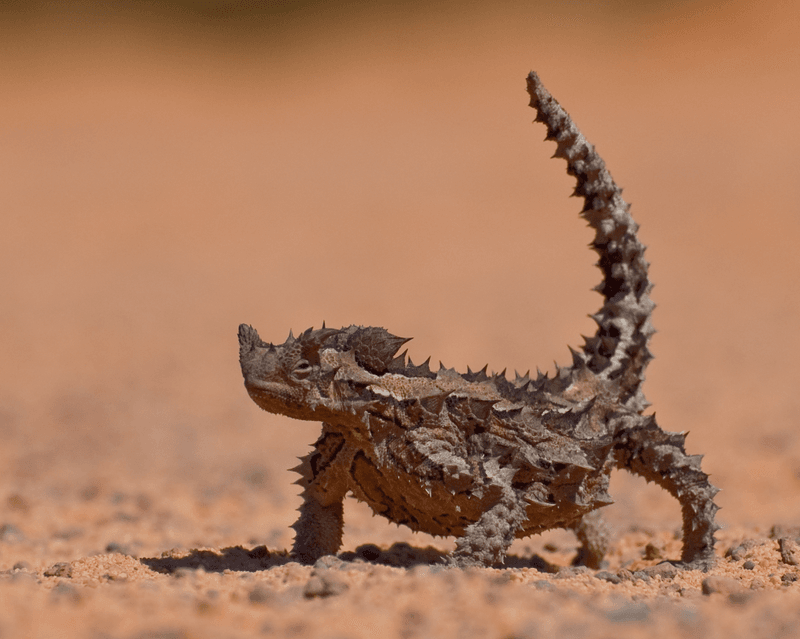
The thorny devil, native to the Australian desert, is a small lizard with an intimidating, spiked appearance. Its body is covered in conical spines, which serve as a defense against predators and aid in collecting water.
By channeling moisture through its skin to its mouth, the thorny devil thrives in arid conditions. Its camouflage abilities and slow movements add to its mystique, making it seem more myth than reality.
Although not endangered, its desert habitat faces threats from human activities, highlighting the need for responsible environmental stewardship.
Komodo Dragon
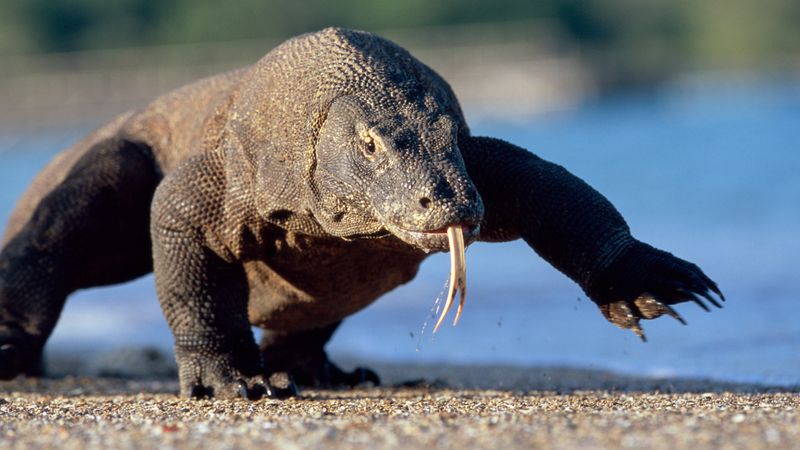
The Komodo dragon, residing on several Indonesian islands, is the largest living species of lizard, often likened to the dragons of legend. Growing up to ten feet long, its powerful limbs and sharp claws make it a formidable predator.
Komodo dragons are known for their keen sense of smell, used to detect carrion from miles away. Their aggressive hunting style and venomous bite add to their fearsome reputation.
Conservation programs on Komodo Island are crucial, as habitat loss and natural disasters threaten their survival. Protecting these magnificent creatures ensures their legacy endures.

